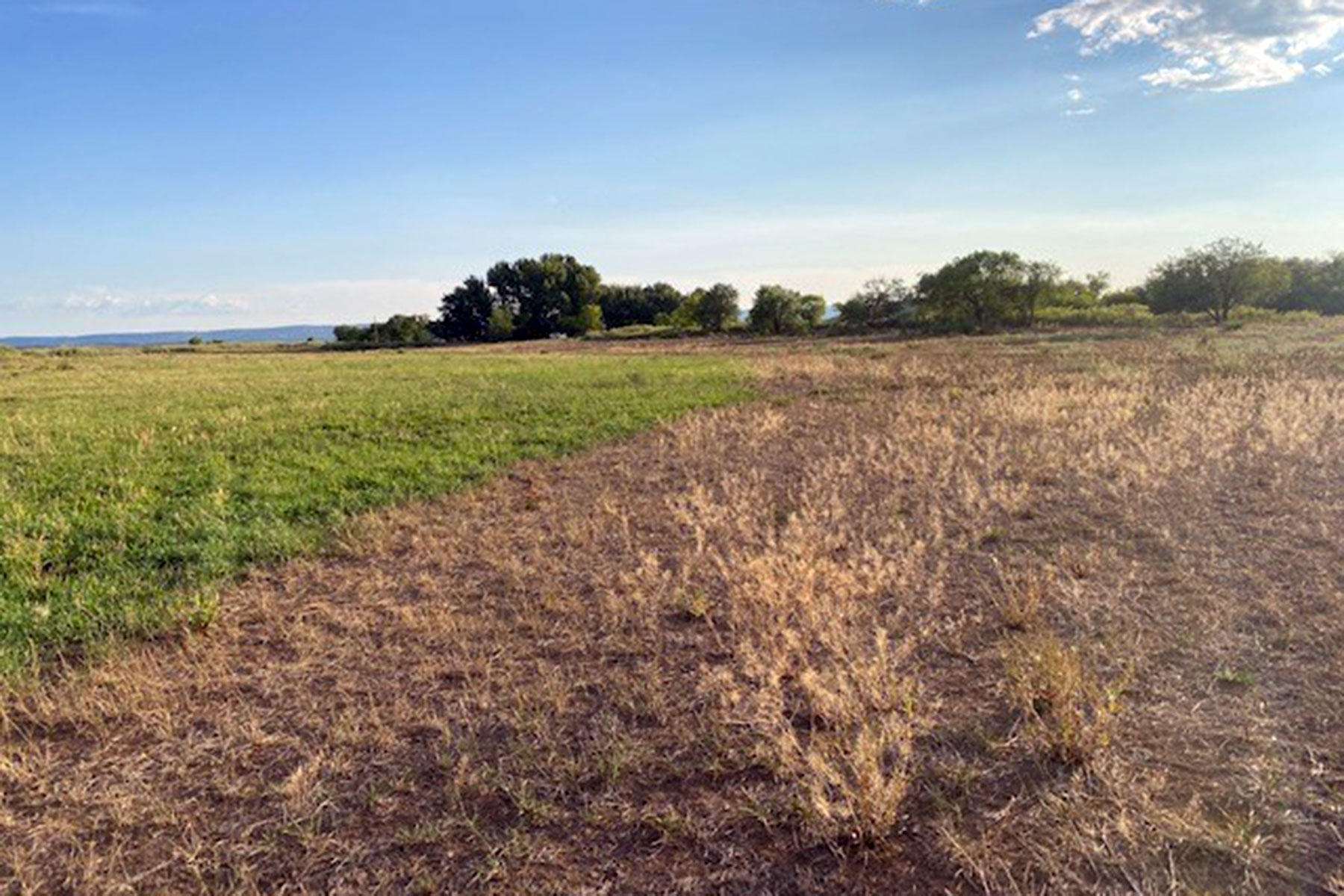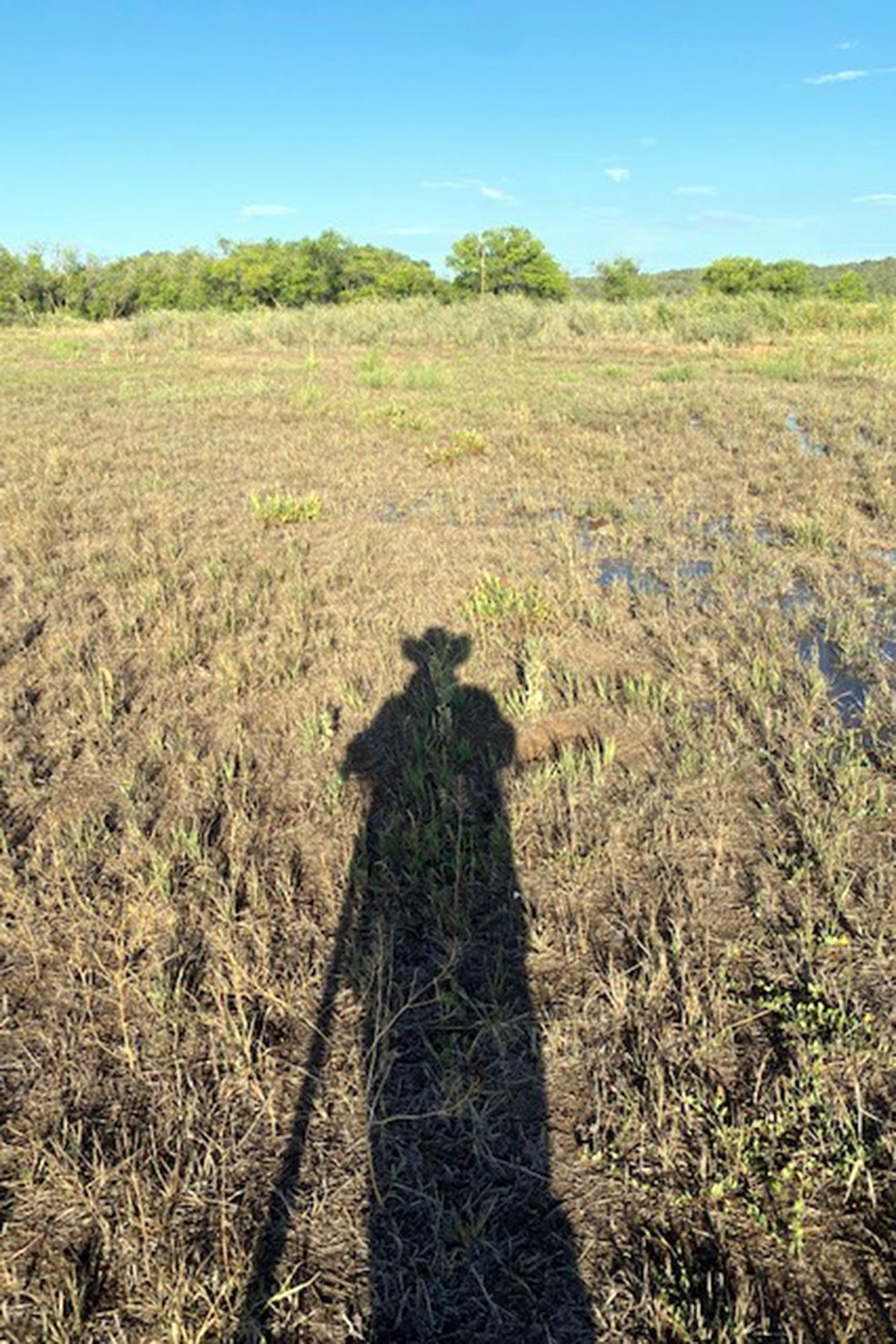It Begins
Over the past five years, I have lost my last two brothers on my mother’s side. Within these same past couple of years, I lost my mother too. This leaves me as a beneficiary of the farm/ranch left behind by my father since his passing in the year 2000. He was the real farmer of the family. He could make grass grow as high as his armpits. He had a gift for it.
Now, I do have a loving family of my own who are handling business and themselves in Nevada. I, however, am listed as the next in line to take care of the house and the farm. As I return to analyze the situation and state of the farm after a 20 plus year absence, I remember that as my dad had passed, my mother and my brother each did what they could with the fields. They did their best to keep things going.
As I look out among the fields, I can see that the fields farthest from the house are the thirstiest. The ones closer to the house show a little more promise. As I remember, it took two people getting up at 5 a.m. to change water in half the fields and then go to work. After work, it would take two people another two and half hours to change the water in the remaining fields. Without my dad, it would only be either my mom or my brother tending to the property. This means that it was probably only feasible to work half the fields, the fields closest to the house.
The First Watering
Once the house was situated, I turned my attention to what the fields looked like. The color “green” was missing. Also missing was the Alfalfa, the Timothy, the grass. It reminded me of a black and white picture. The ground was grey and the only vegetation in the fields was willow along the B.I.A. ditches and very thick thistle patches around the fence lines. Prairie dogs built mounds over each field and they were not shy to bark their celebrations across the property. I remember putting my head back and saying to myself “Where do I start?” I haven’t personally farmed in over 20 years, and I knew my memory of how to do things was patchy at best.
I decided to call Tribal Ag Division to come out and give me some advice on how to get things started. Micco and Kevin came out and we walked out to the fields. By the time that I had decided to pay the fields any mind, it was already late June. I could see all around me that the neighbors were irrigating their second cut. I wasn’t optimistic in whatever advice they would give. Their advice was simple, “Put some water on it and let’s see what comes up.”
Now growing up all my life, our property was irrigated by feeder ditches and tarping. We use flood irrigation. In my dad’s time, side-roll irrigation was a new thing and very pricey. Gated pipe had not been invented yet. Fancy sprinkler systems were non-existent. Everything was done by shovel, globs of dirt, and bright orange tarp. It was all I knew, so I went over to Co-op in Durango to get me a roll of tarp. I turned on the headgate and instantly found myself shoveling the main feeder ditch. I shoveled countless hours on the secondary ditch each time I moved the setting. I also shoveled corrugates down the fields to try and hit hard to reach areas and elevation changed parts (thanks to the prairie dogs). This was my first summer back home. It was watering the dry grey dirt to see if anything would rise. Oddly enough, it did, but not much. Nowhere near enough to cut and the grass mainly grew in clumps. It was a physical first year with all the shoveling and walking back and forth along the ditch lines, but there was optimism. I might be a farmer after all.
Take-a-ways
Seek Help: Realize that no one knows ever everything. Seek out those with experience and knowledge so that you can minimize mistakes and save on costs. Don’t be afraid to ask questions from multiple sources to get a better-rounded picture. Customize that advice to your situation and take things slow.
The Shovel is Your Friend: The key to punching through slow repetitious work is to only look at the next few minutes or the next couple of tasks. Don’t try and think out all the processes along the way. This can be done in the planning process, but when it comes time to shovel, “Just keep Swimming.” A good playlist is your best friend. Take time to look over the fruit of your labor. Pace yourself and you’ll be fine.
Celebrate Success: People often talk themselves out of successful situations before they even start. Breaking long projects down into tasks will help you celebrate daily successes. Over time, you will move mountains by simply showing up ready to work.




